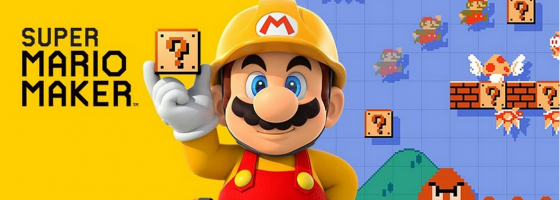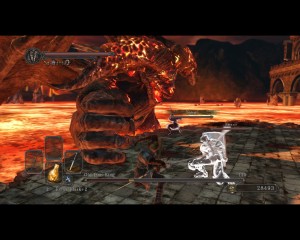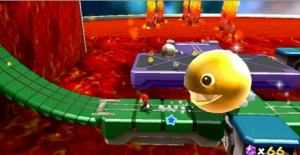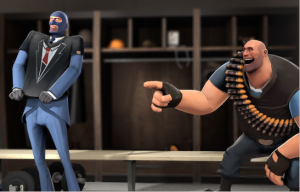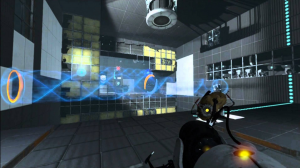There are 5 basic principles that I believe are critical to a game’s long-term success.
1. Start with a simple, defined core
Know what your game is “about” - what distinguishes you from other games in the market? What do players love most about your game? Any game that releases expansions will inevitably get more complicated over time. As you keep layering new mechanics and modifying old ones, holding on to your core is critical to keeping your game moving in the right direction. Stay true to your core and you can take your players places they never thought they would go, without losing the sense of what they love from your game to begin with.
The core of Ascension is adapting to the changing available cards and using those cards to modify your deck and execute your strategy. Each expansion provides new ways to acquire cards or new ways to evaluate cards used for this purpose. The newest Ascension expansion, Dreamscape, provides something never before seen in Ascension (or almost any deckbuilding game). Players can for the first time preselect cards before the game begins that will only be available to them for purchase throughout the game. This preselection colors every card choice they make from that moment forward, which serves to highlight the core of the game from a different light.
2. For each expansion, find the hook that plays with your core.
For each expansion, try to find the one to two sentence hook that will draw people to your game. What will make your players want the new expansion? Finding a good hook is not always easy, but good typical places to look are
A. Designs cut from your initial release- In general, when you are working on a first release for an expandable game, you should cut out anything not essential to the core of the game and keep things as streamlined as possible. Those extra discarded features, however, are gold that can be mined for future expansions. In Ascension: Storm of Souls, we introduced Trophy Monsters, which allow you to control when you want to use a monster reward, rather than being forced to use them immediately. This was a part of the original Ascension game but was cut to reduce complexity.
B. Player Pain Points- Games are all about tension and key decision points. This tension is valuable as it creates drama in your game and a variety of outcomes, but the flip-side of the joy of discovery and victory is the pain of frustration and loss. Players who enjoy your game are likely familiar with the pain points and difficult choices that your game presents to them. Offering a solution to pain is a great way to get them excited about the new content. Now you can offer players freedom from that pain- but only if it comes with a new price and new form of tension to keep the game interesting.
Ascension: Dreamscape very directly addresses a common player pain point- the ever changing center row. Regularly, players are forced to watch as their favorite card gets acquired or defeated by another player. Because Dreamscape cards are always available and only available to you, now you can relax a bit and know that the card key to your strategy won’t be lost. The new tension introduced is the Insight resource, which can be hoarded from turn to turn but is hard to acquire- spending it at the right time and on the right card is key to victory.
3. Force players to re-evaluate old concepts in light of the new hook
Look at the elements in your game where the learning curve has flattened out. Almost all players who look to purchase expansion content have a lot of experience with your game. What “truths” that they take for granted can you disrupt? How can you force them to reevaluate their previously held assumptions? Common practice in collectible and expandable games is to take old staple effects and merge them with the new hook or mechanic.
In Ascension: Rise of Vigil, we introduced treasure cards that stack up underneath a center row card and act as a bonus when that card is acquired or defeated. It is common practice in Ascension to buy the most expensive card you can, but now with treasure cards coming into play, it can sometimes be correct to buy a “worse” card in order to access the treasure underneath, forcing a reevaluation of the board depending on your need for that treasure. Similarly, in Ascension: Dreamscape, the Insight resource required for your Dream cards is only available when certain cards appear in the center row. How you evaluate those cards will depend on your personal selection of Dreams and current strategy.
4. Rotate focus and cycle mechanics
Each expansion to a game needs to add something new. Every new thing is something else that must be learned. Every new thing that has to be learned increases the barrier to entry for someone new to come into your game. While a good tutorial and slow introduction of new material can help, it will not solve the problem entirely. For a game to last many years, this problem must be addressed.
By rotating your focus and cycling mechanics in and out of your game, you can keep complexity at a manageable level and reuse old mechanical hooks in future expansions. In Ascension, we will typically keep a new mechanic around for two consecutive sets, then retire it for a while before returning it to the game. Older players get to enjoy the return of a favored mechanic, while new players do not have to deal with learning every mechanic from every set all at once.
5. Listen and Engage
No game can last for long without a community of players to support it. Listening to and engaging your players is the most important thing a designer can do to help ensure their game stands the test of time. I played Magic: the Gathering professionally for several years, and though the game is great, it was the players and the community that made me a lifelong fan.
Don’t think just about the mechanics of your game. Engage your community and encourage them to engage with each other. This can be done through organized play, Twitch streaming, giveaways, fan created content, and more. Listen to what your players want and try to respond with things that will resonate with their needs (not necessarily their demands).
As you make expansions and try to resolve the “Same but different” paradox, you will inevitably make some of your fans unhappy. “It’s too similar to the last set” or “Mechanic XXX ruins the game!” are phrases you will just have to get used to. Know that fans respond strongly because they care about your game. Learn to love even the hostile reactions- they are far better than deafening silence.
It is a great privilege to design games for a living, and showing gratitude to your players will help build that community and sense of trust so that even when you make an expansion they don’t love, they will still have interest in checking out the next one.












